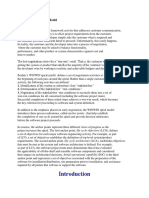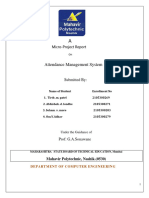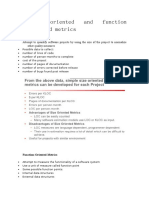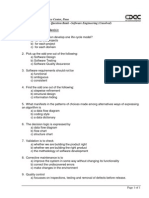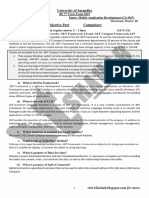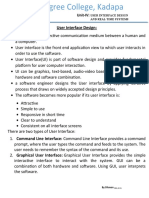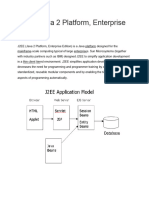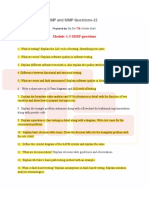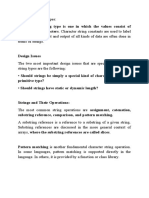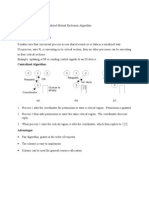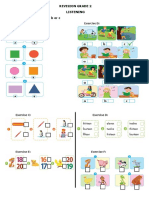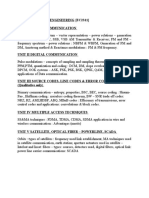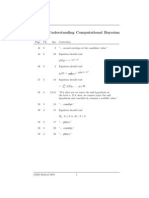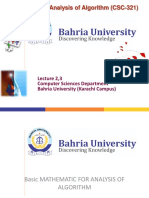0% found this document useful (0 votes)
822 views18 pagesJackson System Development Guide
Jackson System Development (JSD) is a method of system development that covers the software life cycle either directly or, by providing a framework into which more specialized techniques can fit.
Uploaded by
Arun SaxenaCopyright
© © All Rights Reserved
We take content rights seriously. If you suspect this is your content, claim it here.
Available Formats
Download as PPTX, PDF, TXT or read online on Scribd
0% found this document useful (0 votes)
822 views18 pagesJackson System Development Guide
Jackson System Development (JSD) is a method of system development that covers the software life cycle either directly or, by providing a framework into which more specialized techniques can fit.
Uploaded by
Arun SaxenaCopyright
© © All Rights Reserved
We take content rights seriously. If you suspect this is your content, claim it here.
Available Formats
Download as PPTX, PDF, TXT or read online on Scribd
/ 18



